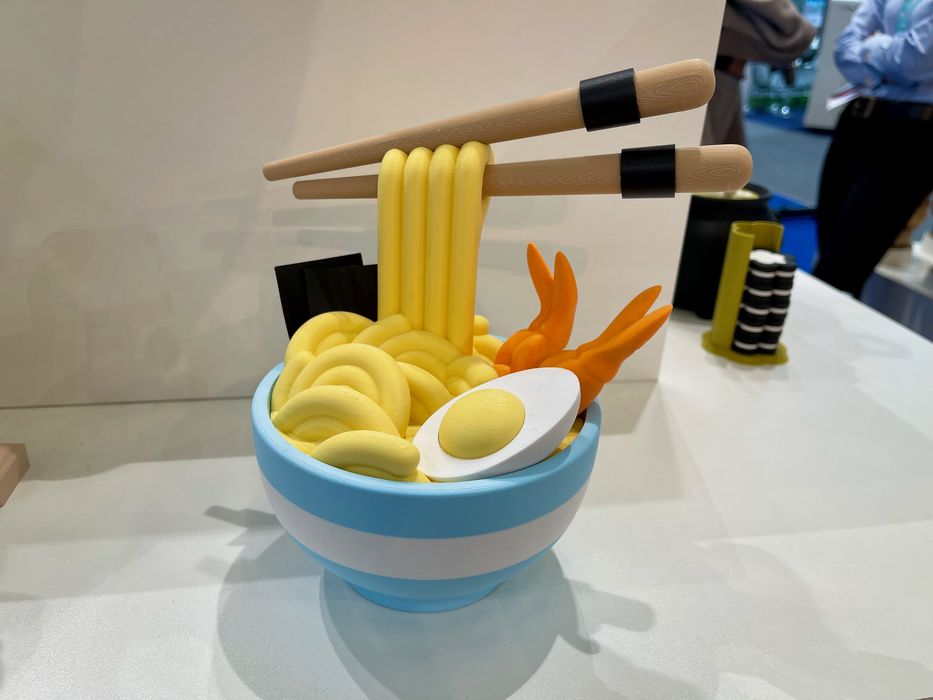
Clinging to outdated ideas about additive manufacturing puts you behind. Here are 5 3D printing myths worth busting.
The rapid pace of advancement in 3D printing hardware, software and materials means that many engineers still have obsolete ideas about the capabilities and benefits of additive manufacturing (AM).
Unless you update your knowledge of 3D printing, you’re likely giving up innumerable opportunities for greater efficiency, product innovation and responsiveness to customer demands.To help you gain an AM edge, engineering.com is busting five of the most common 3D printing myths.
Myth #1: 3D printing is only cost-effective for prototypes and limited runs
While the flexibility and relative speed of 3D printing makes it particularly valuable for prototyping, it can be cost-effective in other applications, including volume production. For example, Airbus and Boeing have 3D printed interior aircraft components for years. In the dental space, millions of customized aligners are produced each year using additive manufacturing.
Myth #2: 3D-printed parts are weak
Not necessarily. As with any process, the strength of a 3D-printed part depends on its design, material selection and post-processing. In general, a plastic part made with 3D printing will be weaker than an equivalent part made with injection molding.
However, metal 3D-printed parts can perform comparably to their machined equivalents, though typically only with additional post-processing, such as hot isostatic pressing (HIP). Adjusting printing parameters, such as layer height and infill density, can also improve 3D-printed part strength.
Myth #3: Material selection for 3D printing is limited
After decades of development, the materials industry for 3D printing has grown from a few filaments and resins to hundreds of options including ceramics, composites and biomaterials – not just plastics and metals.
Of course, the material options for a given 3D-printing application will vary depending on the process. But even within a single category, such as binder jetting, there is a wide array of substrates to choose from, including full-color and elastomeric 3D printing materials.
Myth #4: 3D printers are difficult to operate
While desktop 3D printers have become increasingly user-friendly over the years, industrial 3D printers typically require some training to operate. While there are similarities between operating a CNC machine and operating an industrial 3D printer — both require setup, calibration and a software interface — there are important differences.
For example, 3D printers typically have more calibration parameters, such as the atmosphere inside the build chamber. Prior knowledge of CNC operation will put one ahead of the curve in learning to operate an industrial 3D printer, but a deeper understanding of materials, process parameters and quality control might still be useful.
Read the rest of this story at ENGINEERING.com
